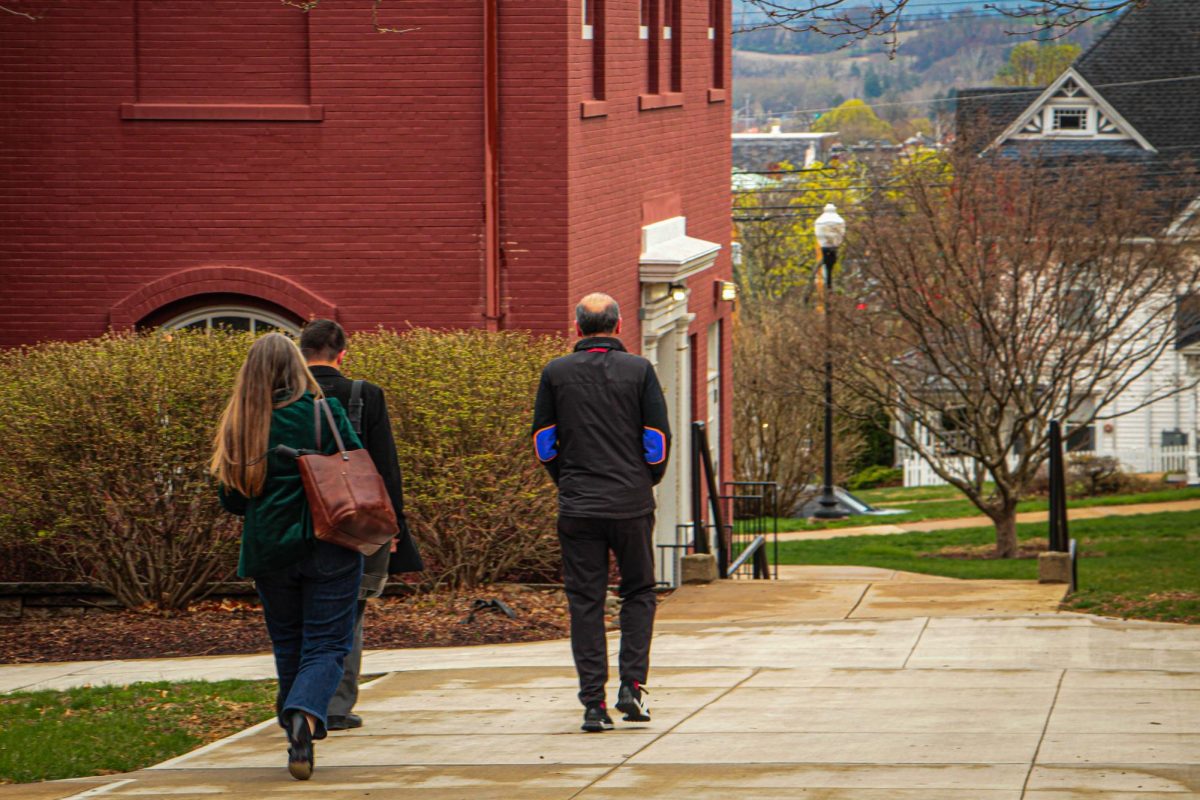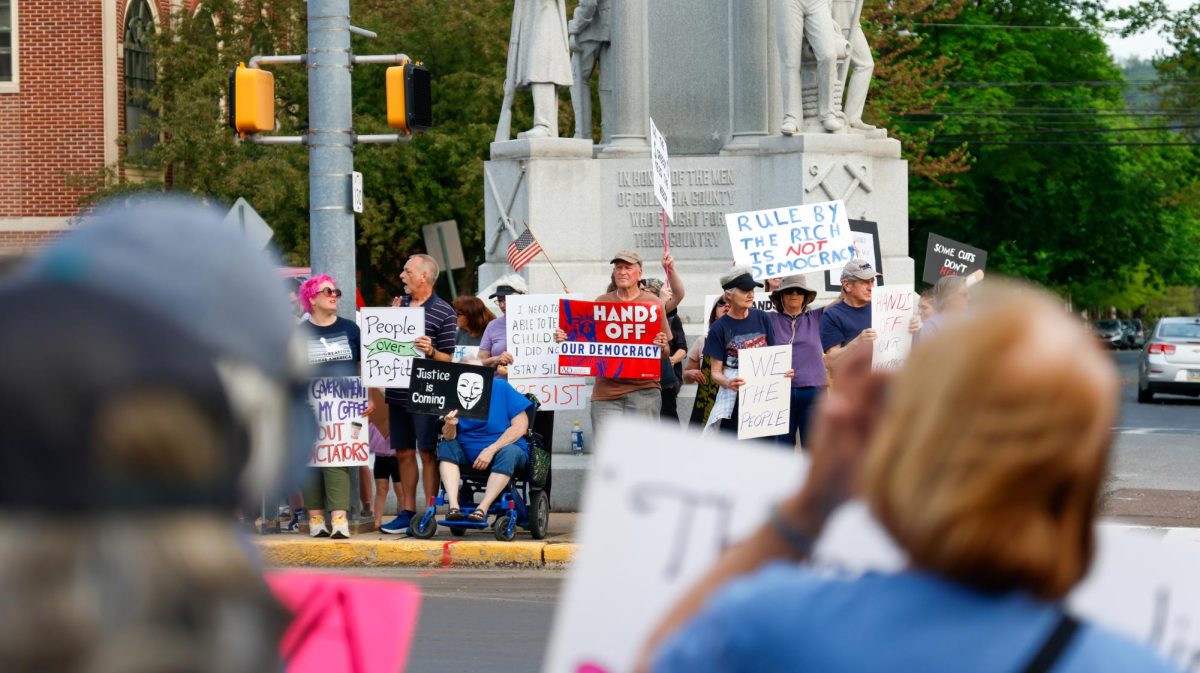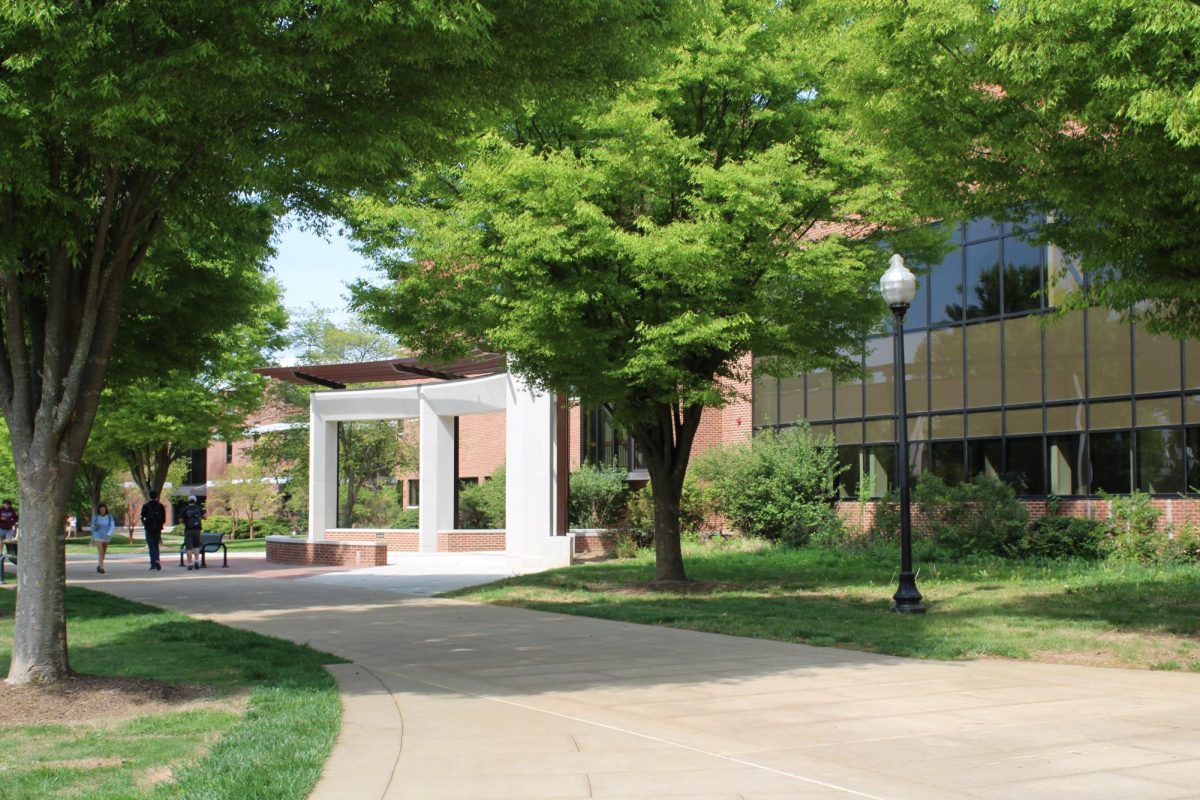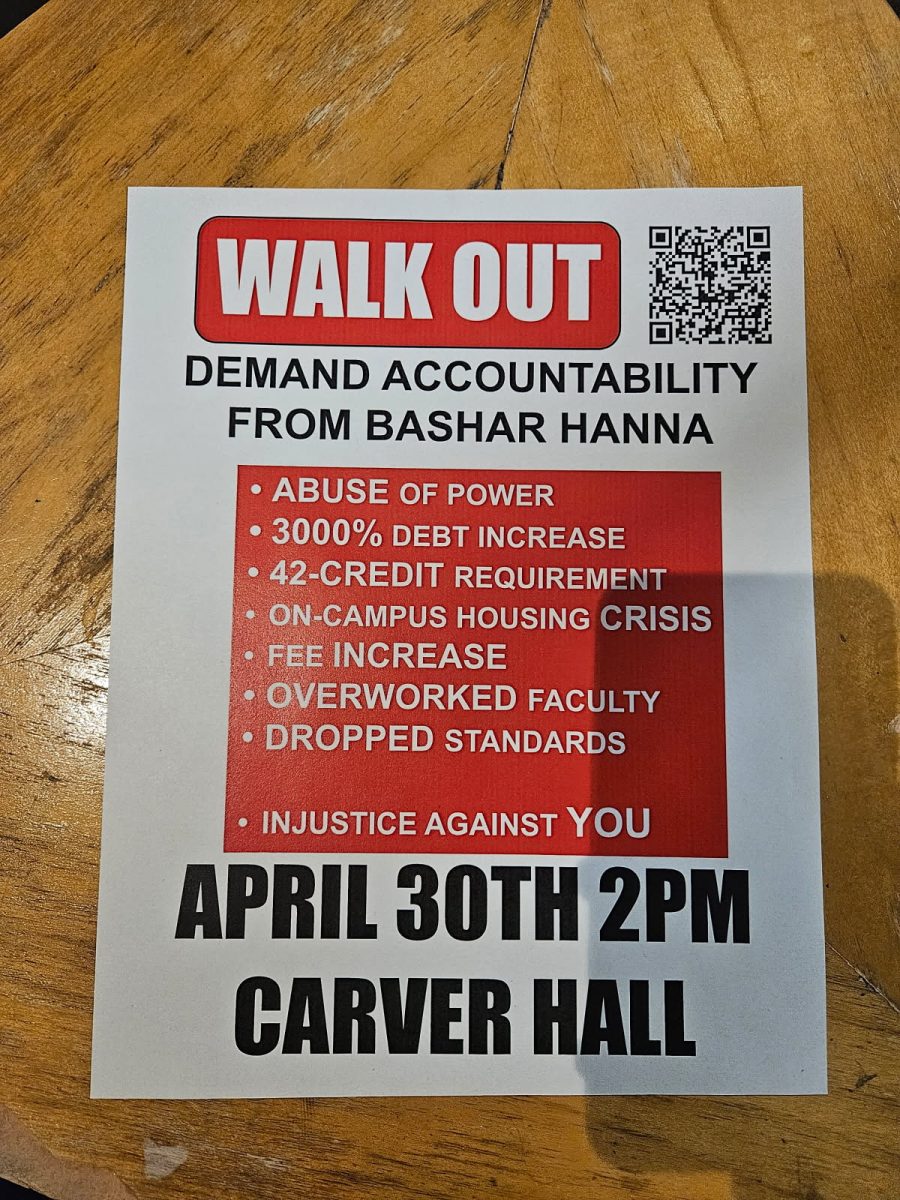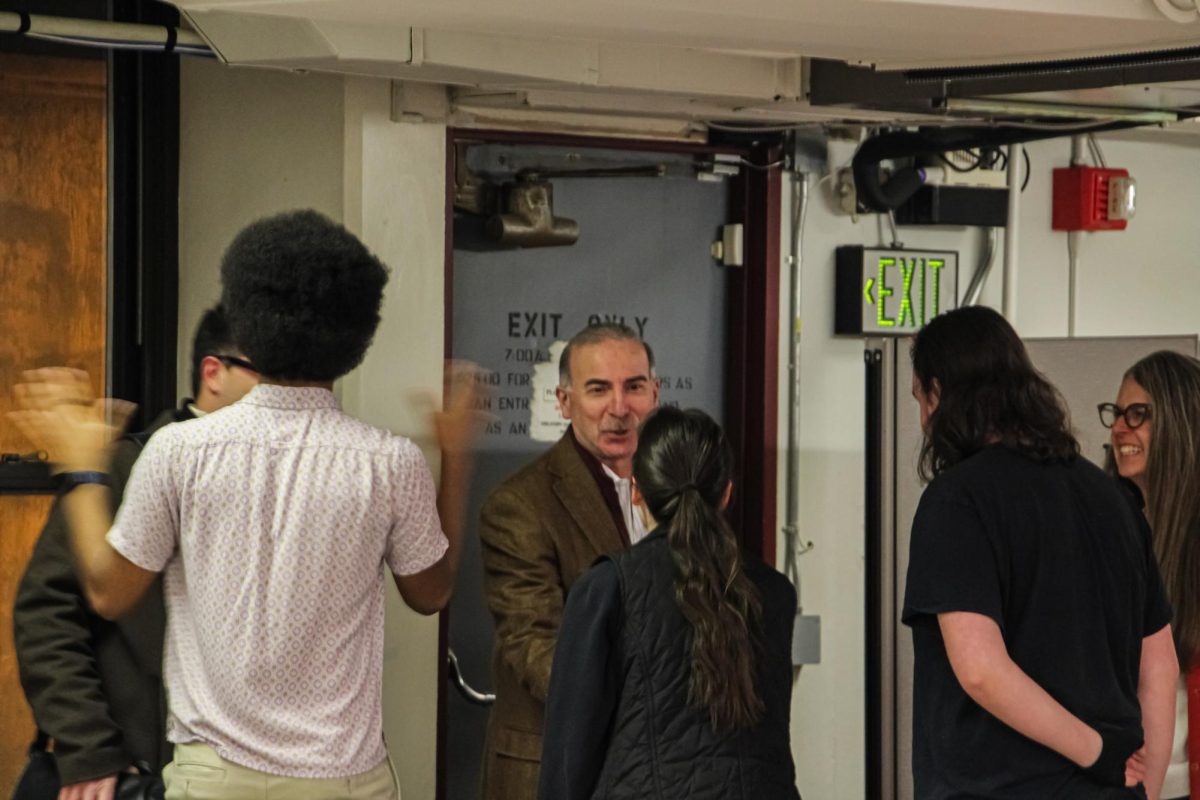Defined: Midterm Elections
September 26, 2022
Every four years, most recently in 2020, we Americans elect a president to serve a single four-year term. Usually, these presidents will run for a second term for another four years. But two years into a President’s term there is another election that happens, these are called midterm elections, as they happen in the middle of a President’s term. The people who run in these elections are primarily members of Congress, all 435 voting members of the House and one third of all Senators are up for election or re-election every two years.
Traditionally speaking, midterms in political circles are usually used as a measure of where the country stands regarding the sitting President. And its common knowledge in these circles that whichever party holds the White House is prone to lose control of one or both chambers of Congress. This is where you see terminology like a “blue wave” like we saw in the 2018 midterms or the “red wave” many people have predicted for this year’s midterms.
The process of midterm elections follows a similar procedure to Presidential elections. For each race there is a primary for each party wherein candidates for a party are selected by voters. Then the candidates who win their primaries are left to run against the other parties’ candidates. The difference however is that Presidential primaries happen at a national level, and midterm primaries happen at a state level.
Here in Pennsylvania, we have two high-profile races happening now. First is for the Senate. One of our two Senators, Pat Toomey (R-PA) is retiring, and his seat is up for grabs. The Republican candidate is Mehmet Oz, who you might know as the TV personality Dr. Oz. The Democratic candidate is John Fetterman, who is our Lieutenant Governor. The other high-profile race is for state governor, our current governor Tom Wolf having reached his term limit. The Republican candidate is Doug Mastriano, and the Democratic candidate is Josh Shapiro.
On a more local level, there is a contentious race happening here in Bloomsburg’s home district for the PA General Assembly, the 109th Legislative District. The Republican candidate is Robert Leadbeter, the Democratic candidate is Edward Giannattasio, and very notably there is a third-party candidate from the Libertarian Party named Thomas Anderson who has been making some waves. If you are registered to vote here in Columbia County and are interested in hearing about these candidates keep an eye out for details on a debate between the candidates that will happen here on campus in early October that is open to the public to watch live.
If you want to get involved with the midterms, the easiest way you can do so is to simply vote. Voting is integral to the continued functioning of our democracy and it’s not too late to register if you already haven’t. You can also get involved with campaigns and volunteer with a candidate of your choosing to canvass, knock on doors, and otherwise outwardly support your preferred candidate. There are also numerous clubs here on campus, such as the College Republicans and University Democrats, you can get involved in that help organize political events here on campus such as voter registration and guest speaking events.

